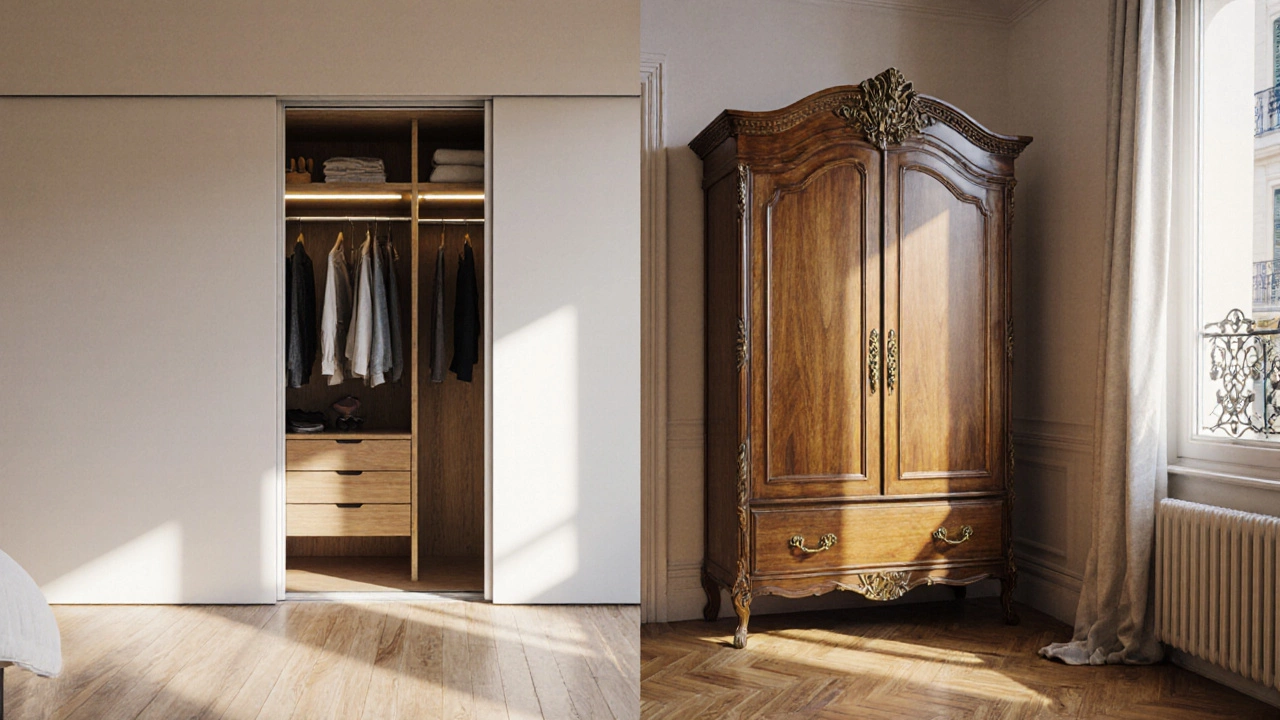European Wardrobes: Style, Space & Sustainable Choices
When you look at European wardrobes, large, often handcrafted storage units that blend classic design with modern functionality, especially popular across the EU. Also known as EU wardrobes, they offer a tailored fit for both small apartments and spacious homes. Wardrobe design in Europe often emphasizes clean lines, high‑quality timber, and space‑saving interiors, while a closet can be a more compact, built‑in variant. An armoire adds a decorative, freestanding flair, usually with ornate doors. Choosing a European wardrobe requires balancing style, budget, and sustainability.
Key Factors That Shape Your Choice
First, the wardrobe budget dictates material and finish options. A solid oak piece will cost more than a MDF core with veneer, but the former often lasts generations, aligning with eco‑friendly goals. Second, storage needs drive the internal layout – think adjustable shelves, pull‑out drawers, and shoe racks. Third, the room’s aesthetic matters; a sleek white finish works well in modern décor, while a dark walnut can anchor a traditional setting. Lastly, sustainable sourcing is a big deal in Europe, with many manufacturers using FSC‑certified wood and low‑VOC finishes.
These elements intertwine: a higher budget can unlock greener materials, and a well‑planned interior reduces the need for extra furniture. For example, a well‑designed European wardrobe might replace a separate chest of drawers, freeing up floor space and cutting overall consumption. Likewise, understanding the link between a closet’s built‑in nature and an armoire’s freestanding flexibility helps you decide which piece fits your layout best.
Below you’ll find a curated set of articles that dive deeper into each of these aspects – from budgeting tips and material guides to style inspiration and maintenance tricks. Whether you’re renovating a city flat or furnishing a country home, the insights ahead will help you pick the perfect European wardrobe that matches your space, budget, and values.
Why Europe Has Few Closets: History, Design, and Modern Alternatives
Explore why European homes rarely feature built‑in closets, tracing history, space constraints, and building codes, and discover modern wardrobe alternatives for today’s apartments.
View more